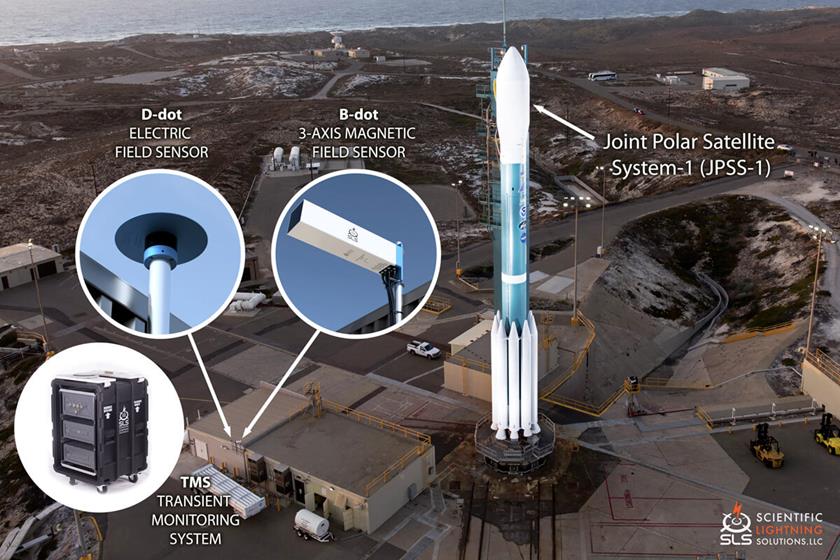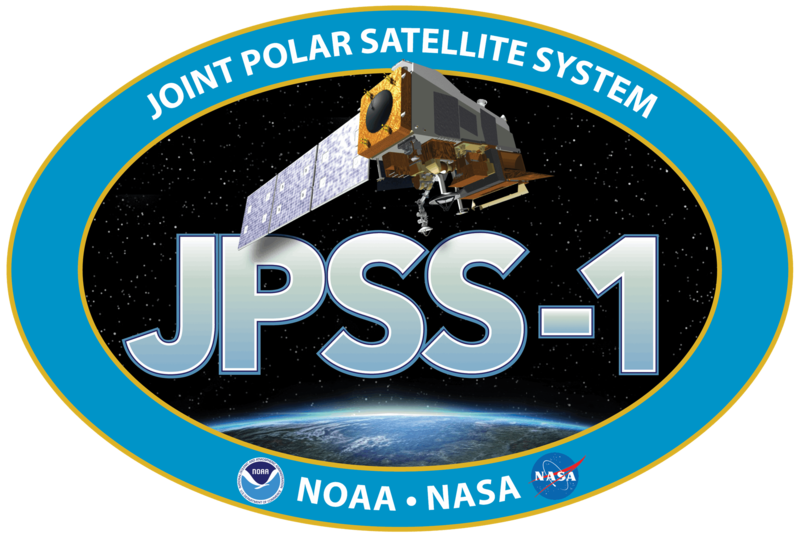NOAA/NASA JPSS-1 SATELLITE
SLS worked with the NASA Launch Services Program (LSP) to deploy a lightning and transient monitoring system to support continuous lightning surveillance during the pre-launch and launch phases of the $655.5 million JPSS-1 mission (Joint Polar Satellite System). The JPSS-1 mission was based at Vandenberg Air Force Base in California. SLS provided a rack-mount Jupiter TMS (Transient Monitoring System) in addition to D-dot and 3-axis B-dot electromagnetic field sensors. The sensors and Jupiter TMS were installed immediately adjacent to the Delta II launch mount (pictured). Jupiter TMS recorded signals from the electromagnetic sensors in addition to critical transient measurements on the Delta II umbilicals through the successful launch of JPSS-1.
JPSS-1 is the second next-generation NOAA polar-orbiting operational environment spacecraft. JPSS-1 successfully launched on November 18, 2017 atop a Delta II rocket. JPSS-1 will provide forecasters and scientists with global coverage of severe weather events, in addition to advanced atmospheric, sea, and terrestrial monitoring capabilities.


Categories

